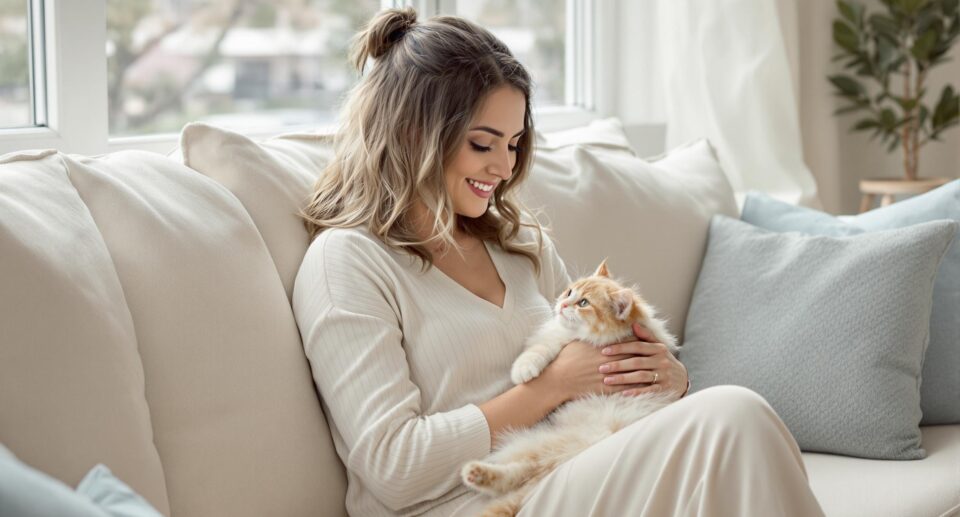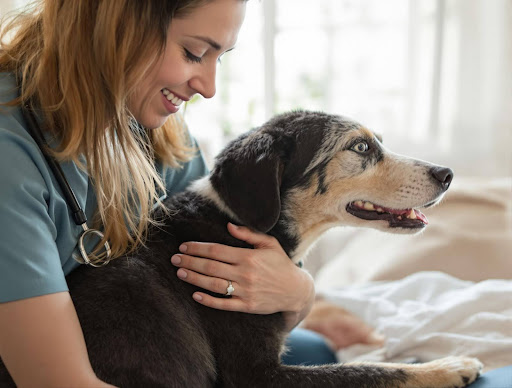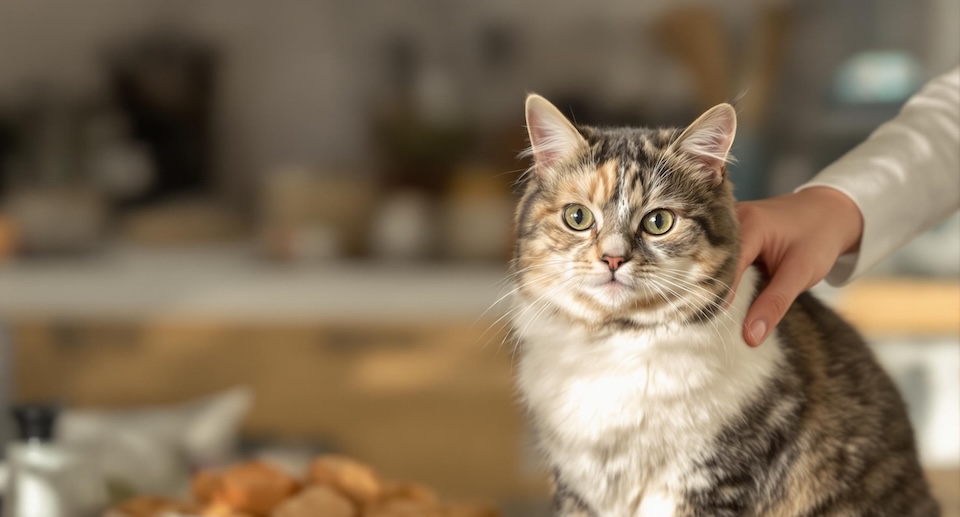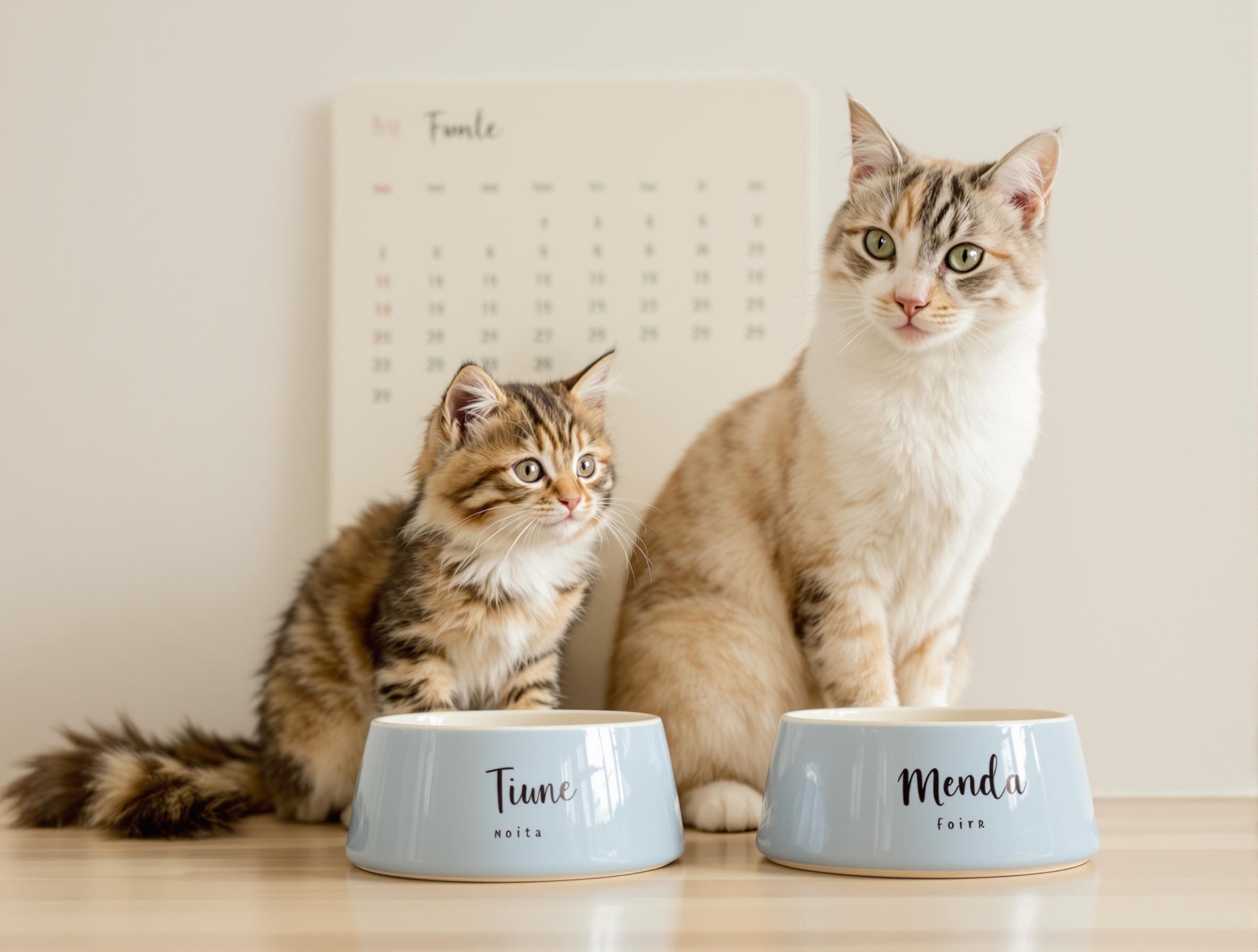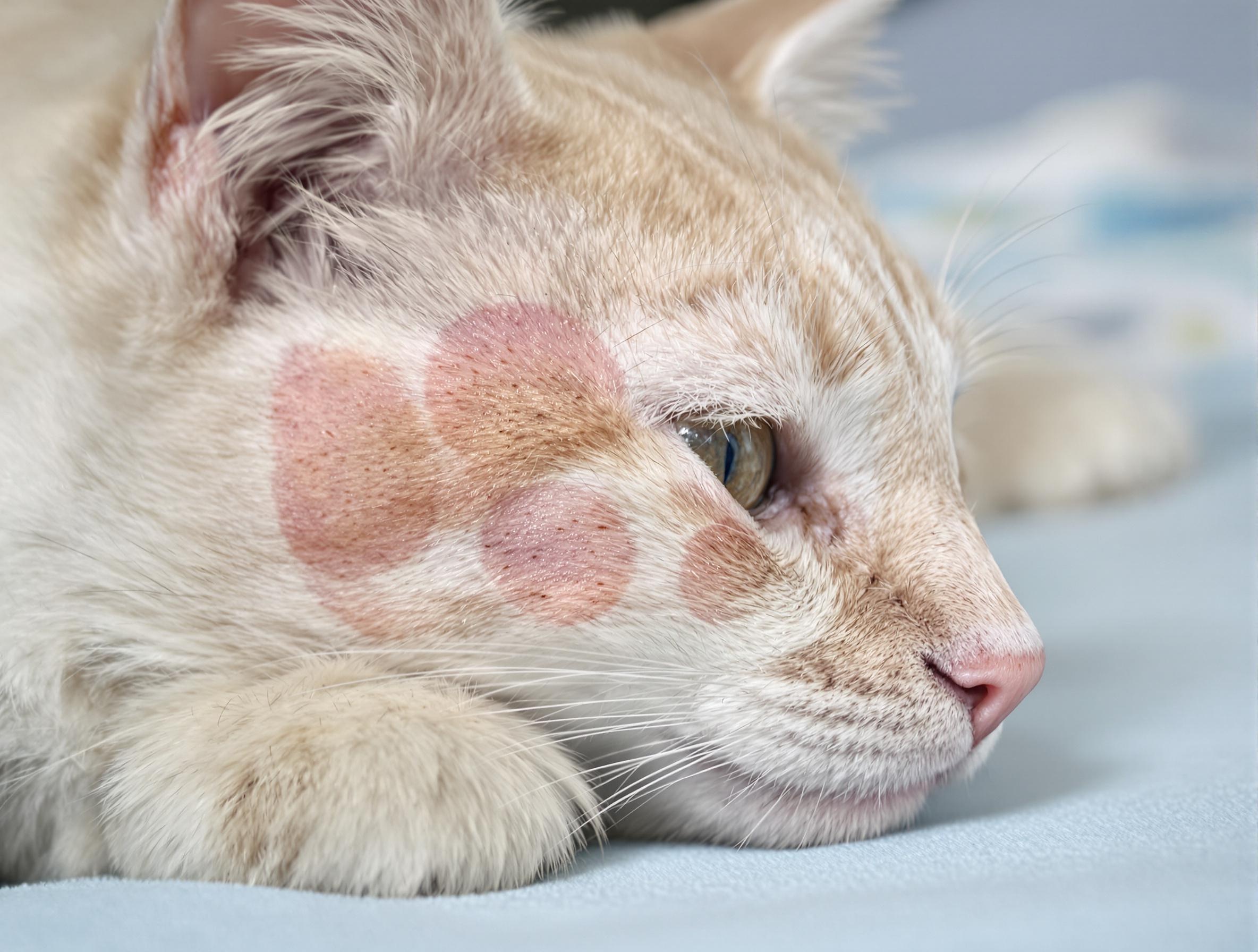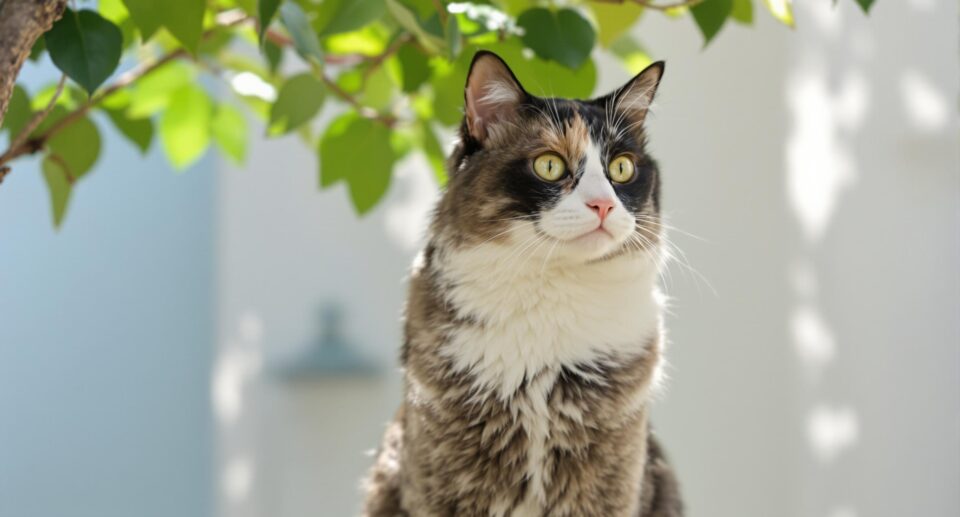
Key takeaways:
- Maintain a comfortable home temperature to help your cat stay cozy in winter and cool in summer.
- Warm beds and extra food support your cat in colder months, while shade and fresh water prevent overheating.
- Pay attention to your cat’s behavior to adjust their environment as needed.
Cats are experts at finding the coziest spots in a home, whether it’s a sunny windowsill or a tucked-away corner. Their preference for warmth is tied to their instincts and body temperature regulation. While they can adapt to different conditions, maintaining a consistent indoor environment helps support their well-being year-round.
Creating a space where your cat feels at ease involves more than just setting the thermostat. Factors like seasonal changes, home insulation, and your cat’s unique habits all play a role in their overall comfort. At PetHealthMD, we’re here to help you understand what affects your cat’s temperature preferences and how you can make small adjustments to keep them happy in every season.
How Temperature Affects Cat Behavior and Health
Cats have a natural ability to regulate their body temperature, but their comfort and health still depend on a stable home environment. Since their body temperature runs between 100.4–102.5°F (38–39°C), they rely on their surroundings to stay warm or cool down as needed. Recognizing how temperature influences their behavior can help you make simple adjustments to keep them happy.
Here’s how temperature affects your cat’s behavior and health:
- Cold weather habits: Cats seek warmth when they’re chilly. You might notice them curling into a tight ball, snuggling into blankets, or perching near a sunny window. Some may even burrow under covers or rest near heat sources like radiators.
- Hot weather behavior: In warm conditions, cats try to stay cool by stretching out on cool tiles, sleeping in shaded areas, or grooming more often. Increased grooming helps with evaporative cooling, much like sweating does for humans.
- Changes in appetite: Cooler temperatures often lead to an increase in appetite, as your cat’s body burns more energy to stay warm. In contrast, hot weather might cause them to eat less and drink more water.
- Energy levels and playfulness: Many cats are more active and playful in cooler temperatures, while heat can make them sluggish and less interested in play. If your cat seems unusually tired in hot weather, make sure they have access to fresh water and a cool place to rest.
- Health considerations: Extreme temperatures can be dangerous. Prolonged cold can lead to joint stiffness, especially in senior cats, while excessive heat increases the risk of dehydration and heat exhaustion.
By watching these behaviors, you can make simple adjustments to keep your cat comfortable. Providing cozy spots in winter and cool resting areas in summer will help them stay healthy in any season.
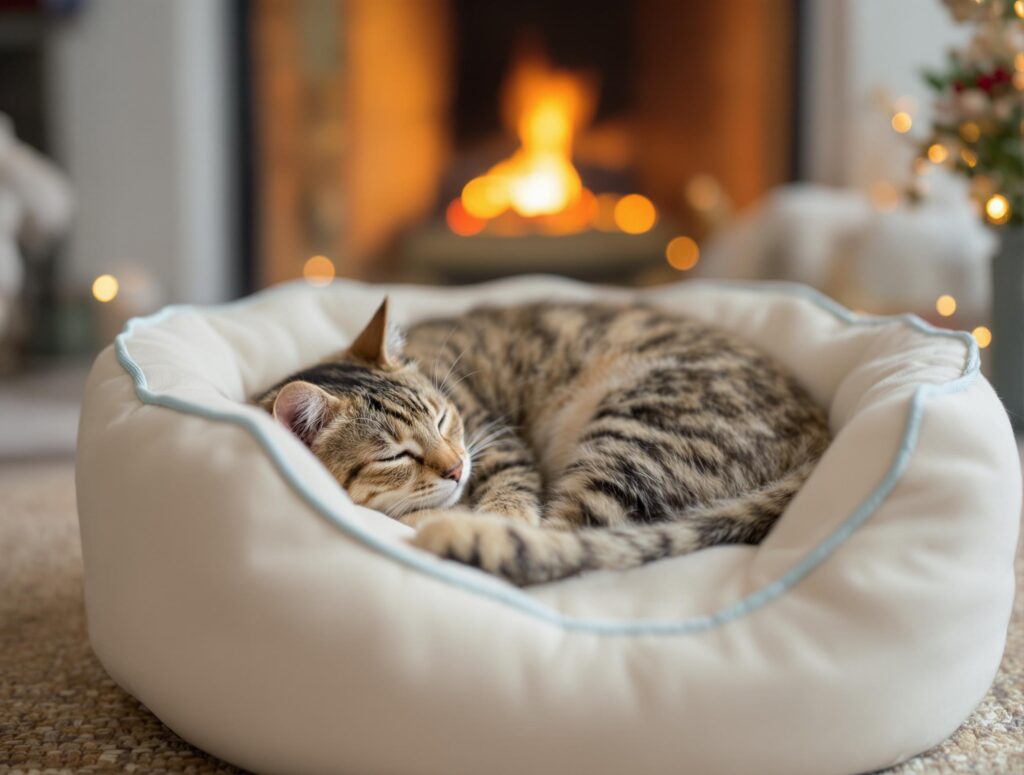
Cold Weather Cat Care: Protect Your Cat from Winter Chills
Winter can bring chilly indoor temperatures, and while your cat’s fur offers some protection, they still rely on you to keep their environment warm and comfortable. A few small adjustments can make a big difference in ensuring they stay cozy.
Here are some helpful tips:
- Keep the thermostat in check. Aim for a home temperature between 65–70°F (18–21°C). Older cats or those with health conditions may be more comfortable at 72°F.
- Offer soft, insulated bedding. Place plush beds in sunny spots, near heat vents, or on furniture where your cat likes to nap. Heated pet beds are a good option for consistent warmth.
- Increase their food slightly. In colder months, cats use more energy to maintain body heat, so they may need a small boost in calories. Ask your vet about safe portion adjustments.
- Reduce drafts. Check for cold air leaks near windows and doors, especially in areas where your cat spends a lot of time. Simple fixes like weather stripping can help.
- Rearrange their space. Move cat trees, beds, and lounging spots to warmer parts of your home, keeping them away from cold floors and exterior walls.
Your cat will let you know if they’re feeling too cold—look for signs like curling up tightly, avoiding cold surfaces, or staying near heat sources. If they seem uncomfortable or lethargic, a vet can help you determine the best way to keep them warm.
For added comfort and protection during colder months, explore cat health and wellness essentials available at 1800PetMeds.
Hot Weather Tips: Keep Your Cat Safe from Summer Heat
Hot weather can make indoor life uncomfortable for cats, especially if your home traps heat. Once temperatures rise above 80°F (26.7°C), you’ll need to take a few steps to help your cat stay cool.
Try these simple ways to maintain a safe environment:
- Limit sun exposure. Close your blinds or curtains during peak sunlight hours (10 AM to 4 PM) to reduce heat indoors. Fans or air-conditioned rooms can also create a cooler retreat for your cat.
- Keep water easily accessible. Offer multiple bowls of fresh, cool water around your home, away from food and litter areas. A pet fountain can be a great option to encourage more drinking.
- Brush out excess fur. Regular grooming prevents mats and allows air to flow better through your cat’s coat, helping them regulate their temperature naturally.
- Try frozen treats. For a refreshing snack, freeze a little wet food or low-sodium broth into ice cubes. Placing them in different areas can also encourage movement to cooler spots.
- Know the warning signs of heat stress. Excessive panting, drooling, or lethargy are signs your cat may be too hot. Move them to a cooler area and consult your vet if symptoms persist.
Since every cat handles heat differently, take note of their preferences and adjust accordingly. Small changes can make a big difference in keeping your cat happy and comfortable during the summer.
Keeping Your Cat Comfortable in Every Season
A comfortable home makes all the difference in your cat’s daily life. Whether they’re curling up in a warm bed or stretching out to cool off, their behavior often reflects what they need to feel at ease. Paying attention to these cues helps you create a space where they can truly relax.
At PetHealthMD, we’re dedicated to helping you provide the best care for your feline companion. From environmental adjustments to general wellness tips, we offer expert-backed guidance to support your cat’s health and happiness all year long.
For year-round comfort and care, visit the cat supplies category on 1800PetMeds to find everything your pet needs to stay cozy, healthy, and happy.

